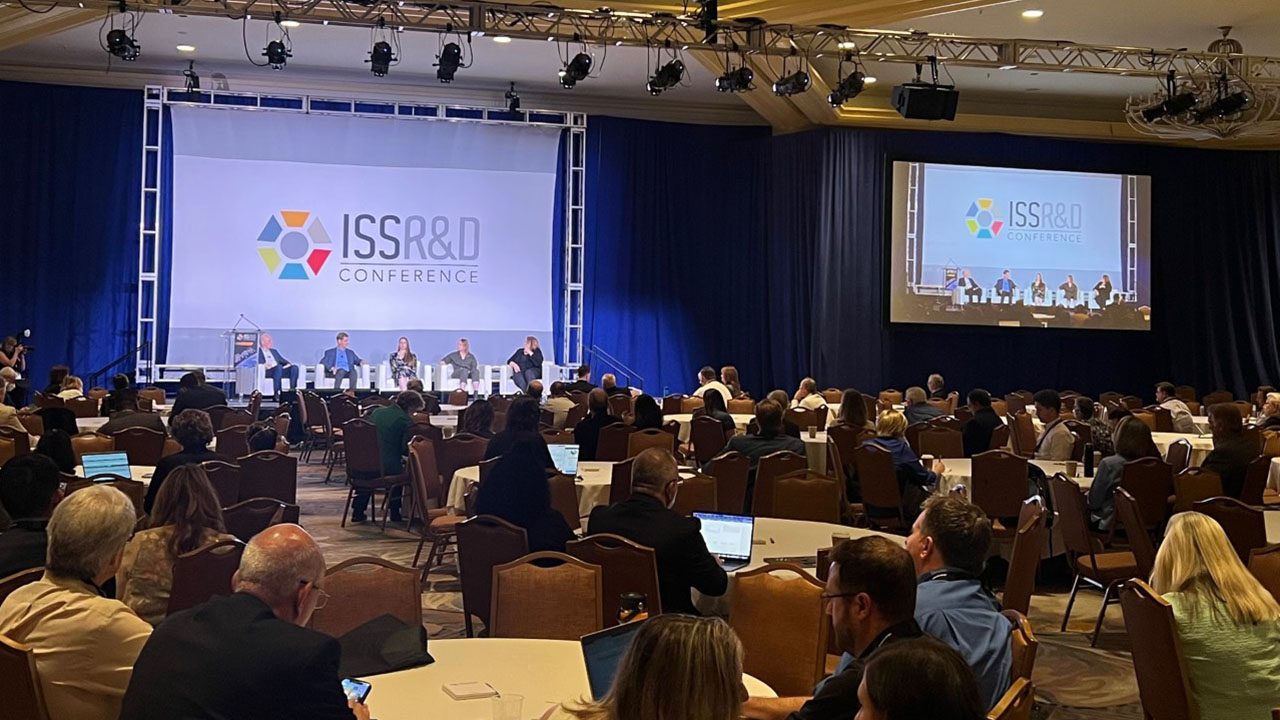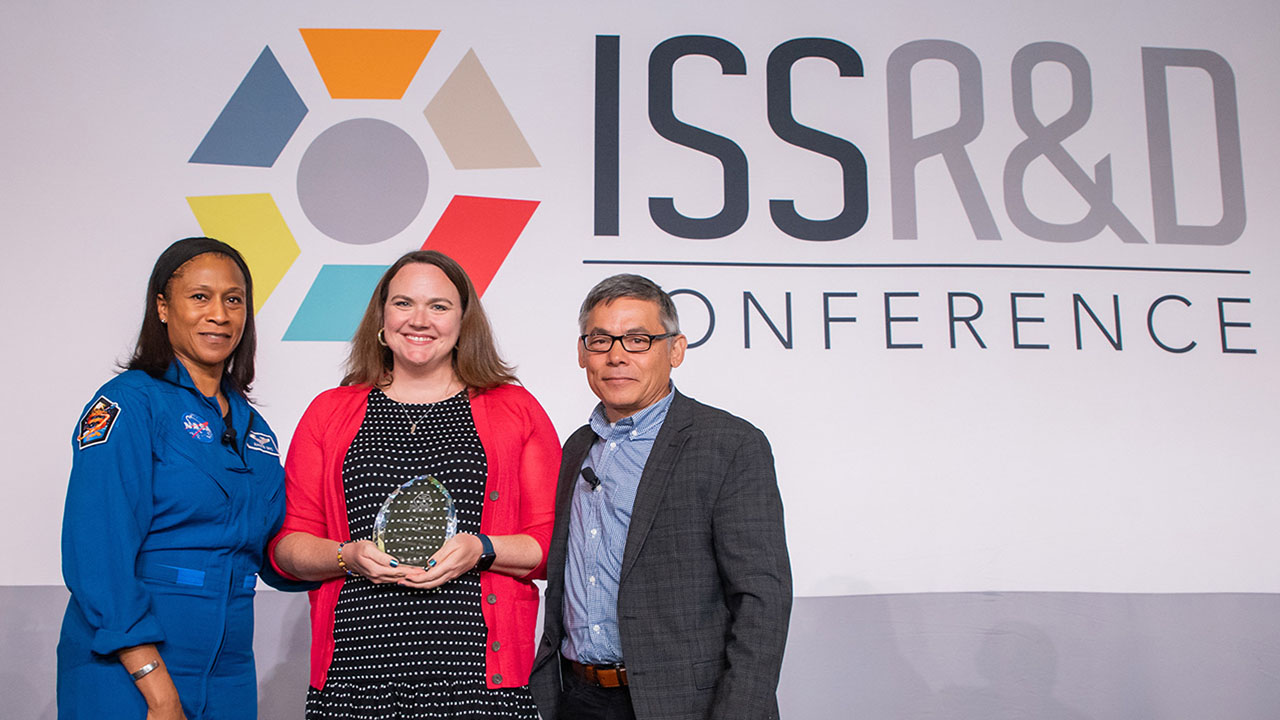The 2022 International Space Station Research and Development Conference (ISSRDC) featured a highly anticipated investor panel discussion guided and moderated by Carissa Christensen from BryceTech, and with panelists including Thomas Gillespie from In-Q-Tel, Maureen Haverty from Seraphim Capital, Phillip Ingles from Morgan Stanley, and Liz Stein from Prime Movers Lab. The presenters’ commentary covered the current state of capital access in the space industry and delved into various topics ranging from funding criteria to opportunities and risks of in-space applications, services and infrastructure investing, as well as the government’s role in supporting private capital engagement. Below we discuss some of the key takeaways from this panel session.
Continued Volatility Leads to Recalibration of Expectations
While the presence of such a distinguished panel and the amount of investor meetings at the conference affirms continued investor interest in the new space sector, there was little disagreement among the panelists on the risks of the capital access environment remaining volatile over the next 12 to 18 months. In fact, some are expecting the volatility to linger as long as three to five years.
Based on the panelist remarks, raising later-stage growth capital has already become very challenging with valuations compressing. It is fair to say that the SPAC exit path, which provided access to ample liquidity in 2020 and 2021, is off the table by now. There is a lingering overhang on the investor sentiment from deSPACed space company underperformance, as it is becoming increasingly clear that many of the companies going public via the SPAC pathway did not have the necessary revenue traction and cashflow strength. This is not just affecting later-stage funding access but is also leading to some recalibration in funding and performance criteria for earlier-stage financing, given the now-extended timelines to exit and realized investment return.
Furthermore, the downside protection via mergers and acquisitions, while possible is some cases, is not given as many in our industry expect. For example, the panelists highlighted a product and capability mix expansion trends among the more mature new space companies that provides an increasing share of the value add and spending pie in the industry. However, combining two cash-burning entities for increased scale does not address the funding problem on its own. In other words, “there will be winners and losers.”

Note: Newspaper deSPAC index includes ARQQ, ASTR, ASTS, BKSY, LLAP, MNTS, PL, RDW, RKLB, SATL, SPCE, SPIR, VLD, VORB on an equally weighted basis.
Media Credit: Image courtesy of NASDAQ stock price data
Focus on Business Fundamentals and Customer Traction
Given the market conditions, investors are increasingly focusing on business and operational execution and customer traction, combined with the need for prudent balance sheet management. It is important to note that the discussion around the “customer” has changed somewhat. While in the middle and later part of the last decade there was an investor preference to see growth from commercial use cases and adoption ahead of various government engagements, it has been acknowledged by now that the new space industry’s ability to drive commercial market penetration has taken longer to materialize than initially expected. Driving adoption in the current economic environment is likely to be challenging as well.
As such, in the near term, a strong government or defense book of business is increasingly essential to gain access to funding. From a longer-term perspective, the ability to unlock sizable commercial markets remains essential for the industry’s growth trajectory, and this is likely to require a demand “pull” addressing nonspace user needs, instead of a “push” from space technology developers looking for use cases for their instrumentation.
On the positive side, the space industry startup ecosystem appears to be maturing and engaging an expanding range of skillsets. This is leading to fewer proposals that can be summarized as “we are doing this in space, isn’t that cool?” Investors are now seeing better-defined targeting of specific market opportunities and paths to product market fit and feasible revenue expectations. However, if a startup sees still no material revenue traction despite several rounds of funding that have sustained operations during the easy capital access years, the current environment is likely to force revisiting the merits of the underlying business plan.
In-Space Manufacturing and Space Stations Under Consideration Amid Many Questions
Compared with prior years, there appears to be increasing willingness among investors to explore in-space manufacturing opportunities, which is a positive sign for the industry. Potential future opportunities are seen in highly differentiated products for terrestrial markets in areas such as biologics as well as in large structure manufacturing in space for future space-based applications. However, investors view these efforts as primarily in various stages of research and development, with logistics and infrastructure costs still needing to improve materially. As such, sizing of addressable market opportunities and timelines to reach business viability remain difficult to ascertain.
When it comes to space infrastructure such as space stations, the investor panel pointed to expectations that some stations will be built, but the capacity needed on the market is unclear at this point, and there appear to be significant uncertainties in terms of timelines and customer offtake levels. The 20+ years of ISS operations has been positive for de-risking many of the technology aspects of the proposed platforms; however, investor questions lingered on de-risking of addressable market opportunities and hence access to financing. Apart from the space tourism opportunity, the markets that are expected to support the demand for such space infrastructure were discussed by panelists as relatively nascent and difficult to quantify at this stage. The potentially disruptive impact of SpaceX Starship and its targeted cost structure appears to be adding to the investor uncertainty here as well.
It is important to note that some of the companies looking to build future space station capabilities have succeeded in raising material amounts of initial private capital already, implying a range of confidence levels in the investment community. The panel commentary also implies the need for a significant government commitment or backstop, at least initially, while the nongovernment applications mature.
We thank all the panelists for the insightful discussion!
A full recording of the panel session is available here. Further information on the ISS National Lab’s investor-related activities can be found at www.issnationallab.org/investment.







